India needs to win the new Web3 internet: Hemant Mohapatra
The spoils of Web 2.0 went to the West, now India is uniquely positioned to shape the future of Web 3.0, partner, Lightspeed India, writes
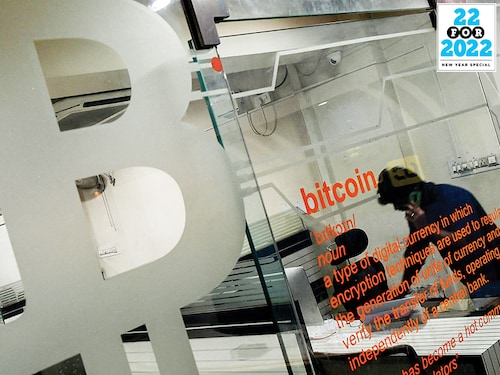

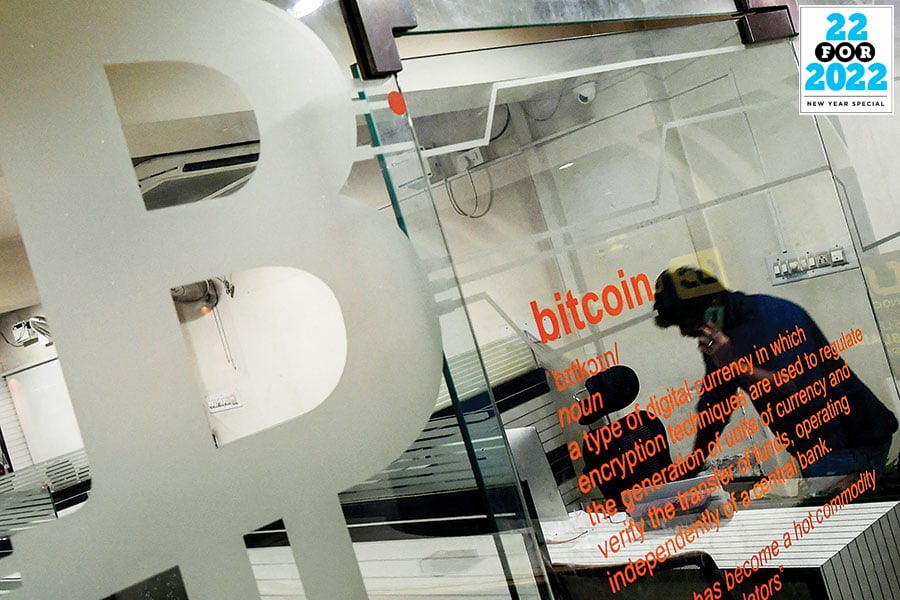 India-2022 is a far cry from 2018 when the co-founders of a crypto exchange were briefly in police custody for putting up a ‘Bitcoin ATM’ in a Bengaluru shopping mall
India-2022 is a far cry from 2018 when the co-founders of a crypto exchange were briefly in police custody for putting up a ‘Bitcoin ATM’ in a Bengaluru shopping mall
Image: Manjunath H Kiran/ AFP
 For over a thousand years, the constant driving force of history has been technology. Nation-states, ruling parties, socio-political ideologies have all come and gone but technology and innovation have remained the bedrock of societal development. From gunpowder and naval superiority that allowed Britain, Spain and Portugal to capture much larger dominions, to the steam engine, automobile, nuclear power, space and satellites, and finally, the internet—nations that were first to these waves of industrialisation benefitted immensely.
For over a thousand years, the constant driving force of history has been technology. Nation-states, ruling parties, socio-political ideologies have all come and gone but technology and innovation have remained the bedrock of societal development. From gunpowder and naval superiority that allowed Britain, Spain and Portugal to capture much larger dominions, to the steam engine, automobile, nuclear power, space and satellites, and finally, the internet—nations that were first to these waves of industrialisation benefitted immensely.
We are perhaps midway through the third industrial revolution kick-started by internet-enabled technologies in the 1990s. Globally-dominant internet companies have now become the new superpowers, shaping and reshaping consumer behaviour, opinions, and amassing wealth that rival nation states. Today, a fourth industrial revolution is underway. The nature of the old internet—the ‘Web 2.0’—itself is changing.
This new internet is being called ‘Web3’. When the West was innovating and shaping the old internet, India was a fledgling nation, a few decades old. By the time we liberalised in the ’90s, we could only be the service back-office to the foreign tech giants. The Web 3.0 presents India with a massive opportunity. Let me illustrate why, using the US—an early supporter, innovator and adopter of the internet—as an example.
Up until the Cold War, the US relied heavily on a relatively centralised network of telecommunication lines and wires. As the Soviet threat grew, there was a legitimate concern in the US that just one Soviet missile could destroy the whole network. That’s how the ARPANet—an early form of the internet—started in 1966: As a way to share information in the event of a nuclear attack.
Over the next three decades, internet pioneers such as Vint Cerf, Tim Berners-Lee, my ex-boss Marc Andreessen and hundreds of others transformed the rudimentary ARPANet into a global, surfable, content-rich World Wide Web. Things started to accelerate in the ’90s when the US Congress allowed the use of the Web for commercial purposes. Companies rushed to set up websites of their own. Entrepreneurs like Jeff Bezos began to use the internet to sell goods directly to customers.
The US benefitted greatly by embracing and innovating on the internet. In 1990, of the 500 companies that comprise the S&P-500 index, there was just one software/tech company in the top seven: IBM. The index itself was fairly balanced: The top seven companies represented 14 percent of the overall S&P market cap. Fast forward to 2021, almost 30 percent of S&P’s $40 trillion market cap is locked into the top seven, all of which are software/tech companies.
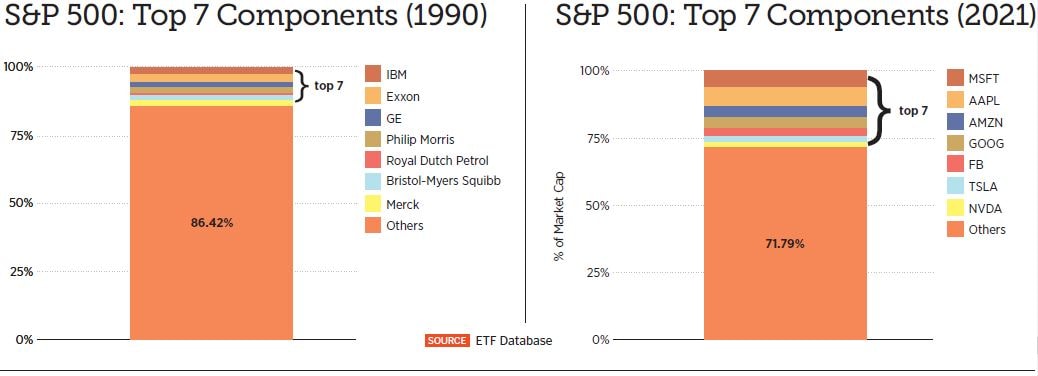
At this juncture, let’s pause to make some critical observations. First, it is clear that the impact of these massive technological trends accrue disproportionately to the early adopters and innovators.
Second, the pace of both technological advances as well as its adoption only accelerates over time. It took the US 100 years to reach the mass adoption of landlines, but only 15 years to put smartphones in everyone’s hands. In India, between 2010-19, over 500 million smartphone users came online—1.5x the US population in roughly half the time.
Third, there is a leapfrog effect when latecomers adopt tech. India went from PCs pretty much straight to smartphones, from dial-ups to 4G, from cash-only to UPI/digital. Mature markets elsewhere went through a much longer grind: From PCs to laptops/tablets to smartphones, from dial-up to broadband to 2G/3G, then 4G, from cash to cards to internet banking to finally, well… not much else.
And finally, the government played pivotal roles in both fostering and participating in these generational technological shifts. In the US, the internet and GPS alone have unlocked massive economic upside. Back home in India, UPI put us ahead of the world in consumer fintech.
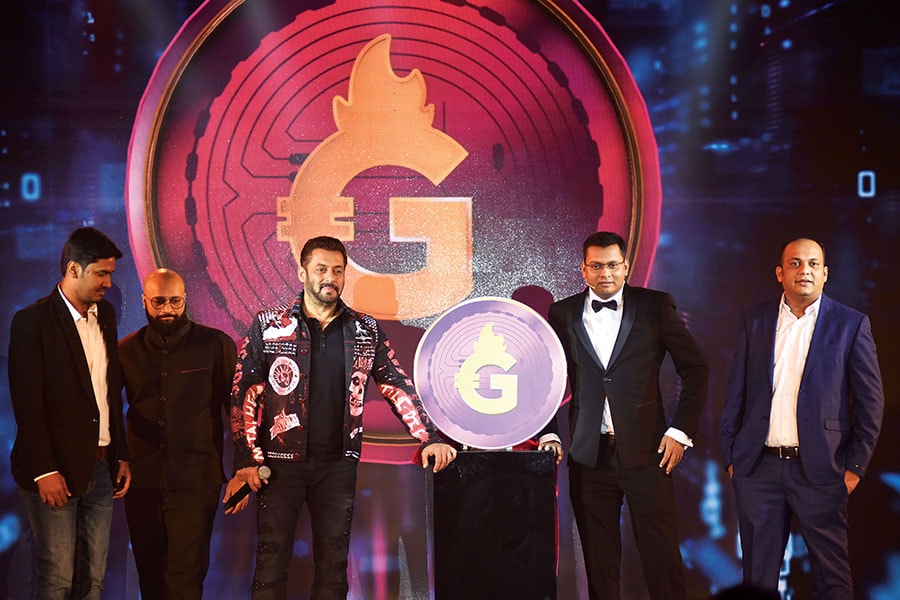 Actor Salman Khan at the launch of India’s first social crypto token by Chingari-Gari Coin in Mumbai
Actor Salman Khan at the launch of India’s first social crypto token by Chingari-Gari Coin in Mumbai
Image: Vijay Bate/ Hindustan Times/ Getty Images
This history lesson is important to fully appreciate how Web 3.0 is evolving using the building blocks from Web 2.0: (a) It is shifting from a centralised TCP/IP-based architecture to a decentralised blockchain-based architecture and (b) It’s shifting from a physical-plus-virtual experience to a pseudonymous, fully virtual experience. Let’s peel this further, to understand why.
A. The internet is decentralising: When the internet began, individuals shared information directly with each other without an intermediary. Over time, for convenience, the internet centralised. For example, to send an email, we rely on Gmail to share a file, we use Dropbox. The beauty and appeal of decentralised applications has lingered, however. BitTorrent and Napster found a way to decentralise storage and sharing of data but couldn’t figure out how to track data/copyright ownership and subsequently pay the data owner for usage. With blockchain and crypto, these problems are now solvable. Proof? Audius is decentralised Spotify—artistes sell/stream music directly to fans BitClout is decentralised Twitter—creators and followers speak without intermediaries FileCoin is decentralised Dropbox—pay your network peers, not a cloud service, for storing your data. The new internet is already here.
B. The internet is becoming fully virtual: The virtual world is becoming the real world for an entire new generation. The way we show off our Guccis on Instagram, young kids have the same sense of pride being the “owner" of a digital Gucci bag in games such as Roblox. People are buying “virtual" land in a virtual world called DecentraLand and paying pretty much real-world per-square foot price for it. A lot of the friction in payments, cross-border trade, exchange of valuable items, storage of goods, etc that we face in the “physical" world is being solved in the virtual world using blockchain and crypto.
Once we align to this future world-view, it becomes easier to understand where Web3/crypto adoption is headed: Pretty much up and to the right. The spoils of the Web 2.0 revolution went to the West. We have patiently bided our time, and now are uniquely positioned to shape the future of Web 3.0.
Our software developer population was already the world’s third largest a few years ago. During the pandemic, India became a hotbed for blockchain talent. Over 10,000 “blockchain" jobs exist in India on LinkedIn, compared to 30,000 in the US. The Indian Web3 ecosystem is coming together in surprising ways. We have founders as young as 14 building NFT tools for artistes, we have founding teams gathering on Discord and Telegram groups to build and launch products to global users. Indian crypto companies such as Polygon, CoinDCX, CoinSwitch have attracted world-class investors and talent.
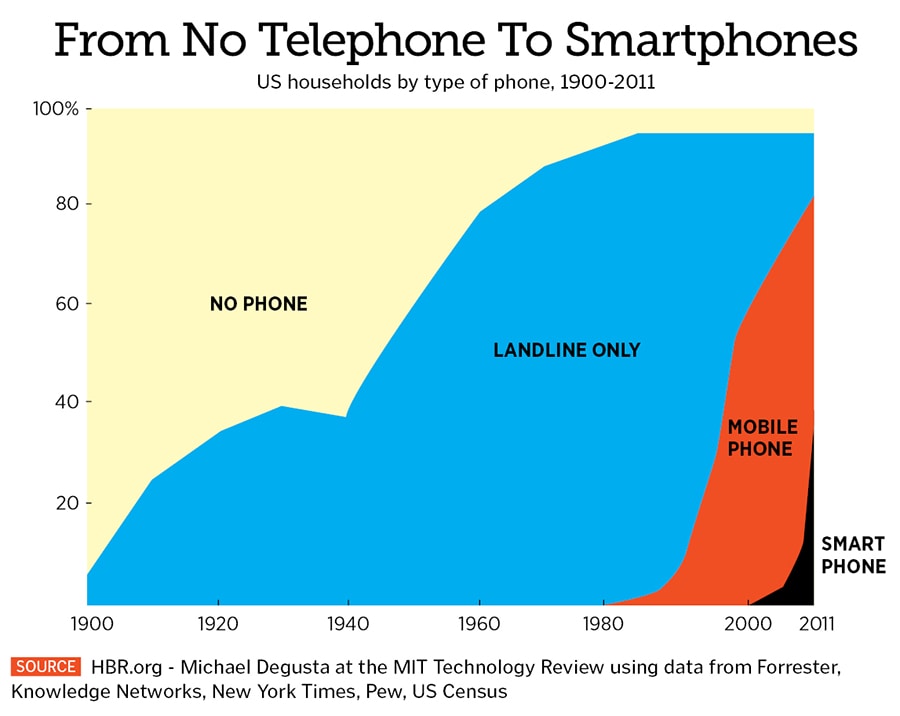
This is the quintessential “apna time aayega" moment for the millions of developers and tens of millions of Indian youths that are native to this new world and hungry to make their mark. If India has a chance to create a Google-like juggernaut, it is in Web 3.0. India-2022 is a far cry from 2018 when the co-founders of a crypto exchange were briefly in police custody for putting up a ‘Bitcoin ATM’ in a Bengaluru shopping mall. Today, the Indian government is working with industry experts and crypto founders to explore ways to regulate as opposed to banning crypto. These are all the right calls.
Shouldn’t the government also be sceptical? Whenever a major technological movement begins to accelerate, a brief moment occurs when critics see the full and awful potential of whatever’s coming into the world. History proves that when smart people and smart money start to pour into an emerging technology, the resistance gets swept away as progress rushes on. Therefore, first and foremost, the government should understand these technological shifts with a lens of optimism, not pessimism or fear.
Second, clear and comprehensive regulation. We must introduce customers to exciting innovations while protecting their interests. Entrepreneurs should also have assurances that following the regulation would provide them the necessary freedom to innovate and serve consumers.
Being early to any technological wave has great benefits but being early to this new internet will have benefits that go beyond money or power. It’s about India’s relevance in the new world order. The market-capitalisation of cryptocurrencies is now larger than the GDP of all but four nations on Earth.
We live in a world where, to paraphrase Balaji Srinivasan, the network and the state are intertwined. There is a digital citizenry that is emerging—it is global and needs just an internet-enabled device as the passport and the visa. Ideas and people travel between nations more fluidly. The adoption of Web 3.0 is accelerating much faster than that of Web 2.0. We don’t have a choice. We have to leapfrog now. If we get it right, we’ll attract both the talent and high-quality capital towards us, creating a virtuous cycle. If we are too late to act, we will watch as the talent leaves for other markets and the world out-innovates us.
The writer is a partner at Lightspeed India
First Published: Jan 12, 2022, 13:09
Subscribe Now